
SBD-3
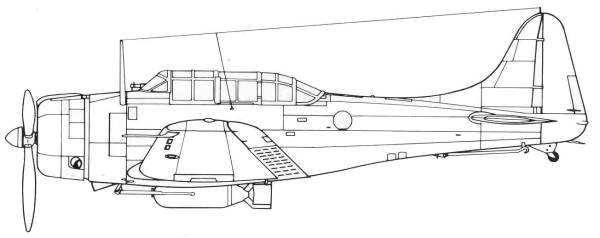
Design work on the Northrop BT-1 began in 1935. In 1937, the Northrop Corporation was taken over by Douglas, and the active Northrop projects continued under Douglas Aircraft Corporation. The Northrop BT-2 was developed from the BT-1 by modifications ordered in November 1937, and provided the basis of the SBD, which first entered service in mid-1939. Ed Heinemann led a team of designers who considered a development with a 1,000 hp (750 kW) Wright Cyclone engine. The plane was developed at the Douglas El Segundo, CA plant, and that facility, along with the company's Oklahoma City plant, built almost all the SBDs produced. One year earlier, both the U.S. Navy and Marine Corps had placed orders for the new dive bomber, designated the SBD-1 and SBD-2 (the latter had increased fuel capacity and different armament). The SBD-1 went to the Marine Corps in late 1940, and the SBD-2 to the Navy in early 1941. The distinctive perforated split flaps or "dive-brakes" had been incorporated into the BT-1 to eliminate tail buffeting during diving maneuvers.
The next version was the SBD-3, which began manufacture in early 1941. It had increased armor, self-sealing fuel tanks, and four machine guns. The Dauntless was one of the most important aircraft in the Pacific War, sinking more enemy shipping in the War in the Pacific than any other Allied bomber. A total of 5,936 SBDs were produced during the War. The last SBD rolled off the assembly lines at the Douglas Aircraft plant in El Segundo, California, on 21 July 1944.From Pearl Harbor through April 1944, SBDs had flown 1,189,473 operational hours, with 25 percent of all operational hours flown off aircraft carriers being in SBDs. Its battle record shows that in addition to six Japanese carriers, 14 enemy cruisers had been sunk, along with six destroyers, 15 transports or cargo ships and scores of various lesser craft.The Kit
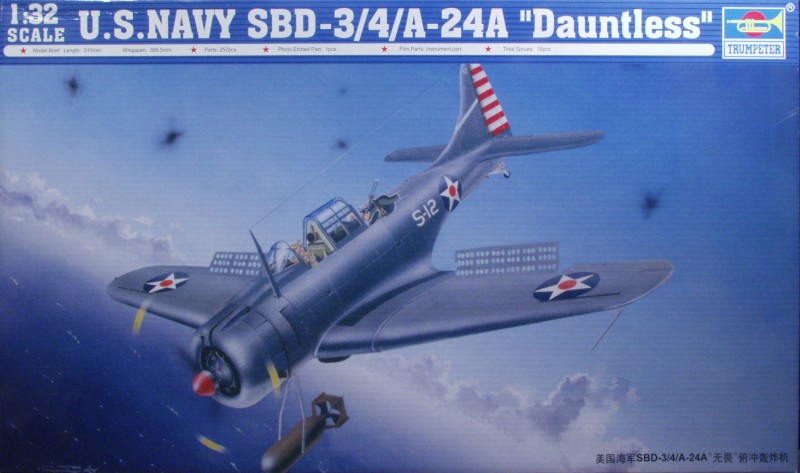
The Trumpeter kit comes in a very large top open tray type box with a heavy card stock top and a thin corrugated bottom. Inside the parts the main kit parts are in five bags, one large and one medium with one sprue each and three medium sized with two sprues each. At one end of the box is a small top open box from thin card stock with the clear parts, two bags with two sprues each, one bag with two sprues of the delicate perforated dive flaps, a photo etch fret, a bag with the vinyl tires and a small bag with a single small sprue with a bulkhead and two machine gun barrels on it. The parts, molded in a light gray color, are crisply molded with only the slightest hint of flash here and there. The surface is glossy and the surface detail is rendered with fine recessed panel lines, rivets and fasteners. There are a few raised details where applicable. Mold alignment is good an mold separation lines are light. Ejector pin marks appear to have been kept out of sight even on the fuselage side walls. The only issue I found defect wise on the air frame parts were a couple of very slight depressions on the fuselage where detail was molded on the inside. They were so light I not sure they will be seen once painted and could be passed off as oil canning if they are visible.
From a detail standpoint the cockpit is extremely well detailed and it seems unlikely that any after market set would be that much of an improvement. The instrument panel follows Trumpeters method of using a clear panel which must be painted then sandwiching a film under it for dial details. The area between the pilot and gunner is loaded with detail. The gunners station has the single gun for the early version and the twin guns for the later version. As seems the norm for Trumpeter kits the engine is well appointed and needs only some ignition wiring to set it off. To show off all this detail clear cowling parts are supplied. Two propellers are supplied, one for the -3 and the other for the -4 and A-24.The control surfaces are all molded separate but at least this kit does not utilize the photo etch hinges. The perforated dive brakes and flaps are beautifully molded and can be posed open or closed. Fabric surfaces are represented by rib tapes which are a bit heavy but easily sanded down if they are offensive. as is normal with Trumpeter vinyl tires are supplied. There are two sets of main gear tires, radial grooves for the Navy versions and tires with treads for the A-24. Two tail wheel tires are supplied, the smallest for naval aircraft and the largest for the A-24. wheel rims and hubs are separate. Two small bombs and racks are supplied for under wing mounting and a large bomb for the center rack. The canopy is multi part and can be posed open or closed. Lets look at the parts.
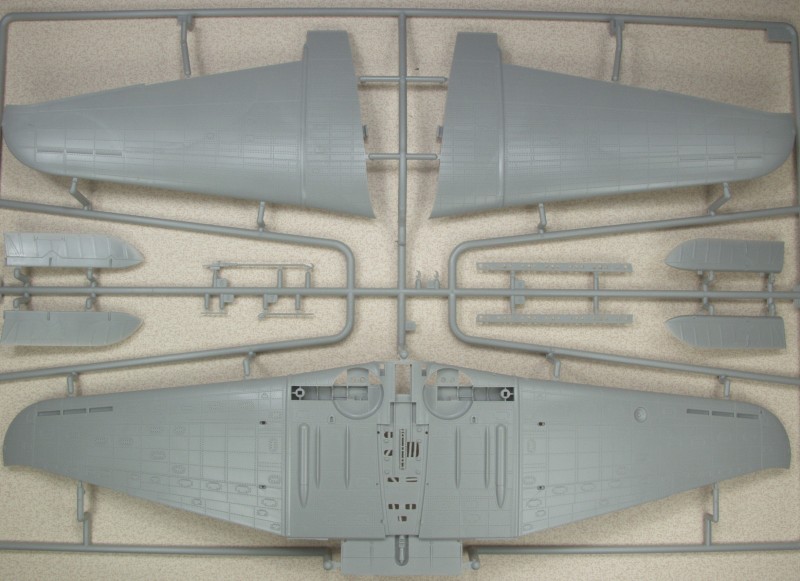
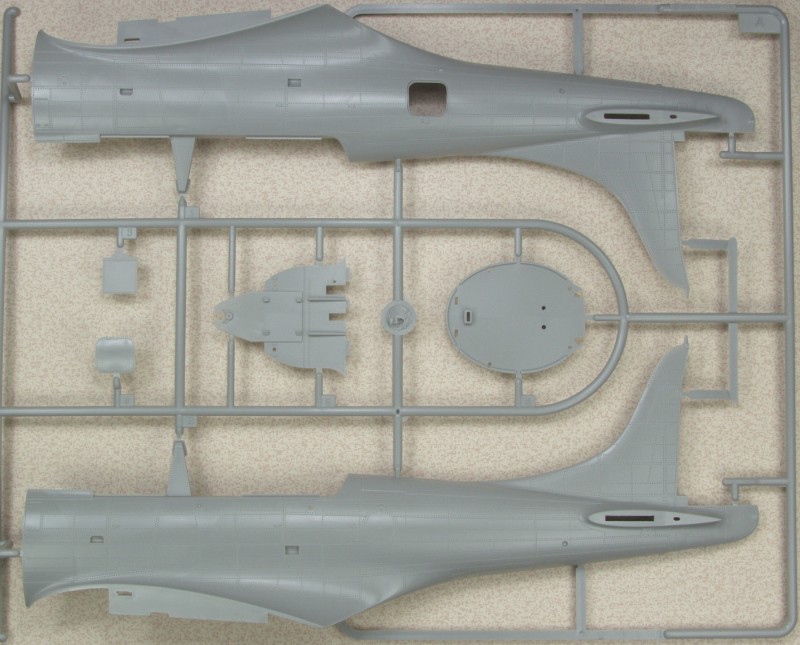
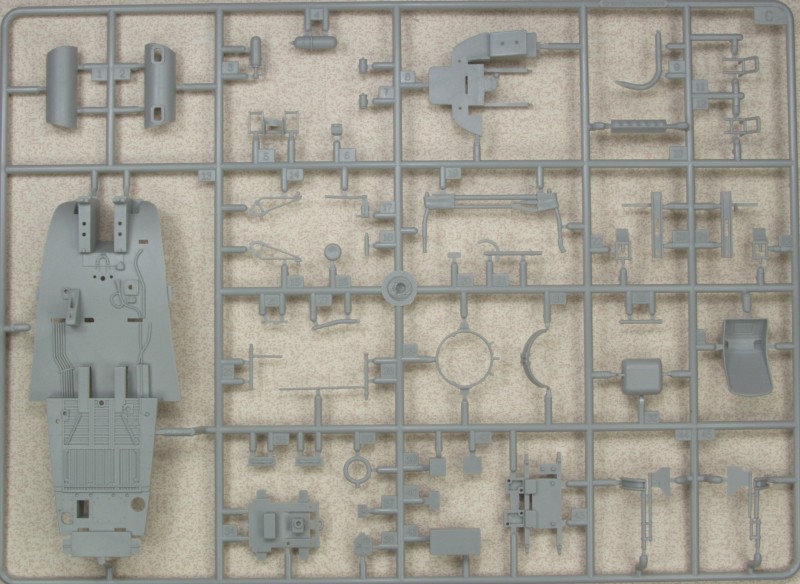
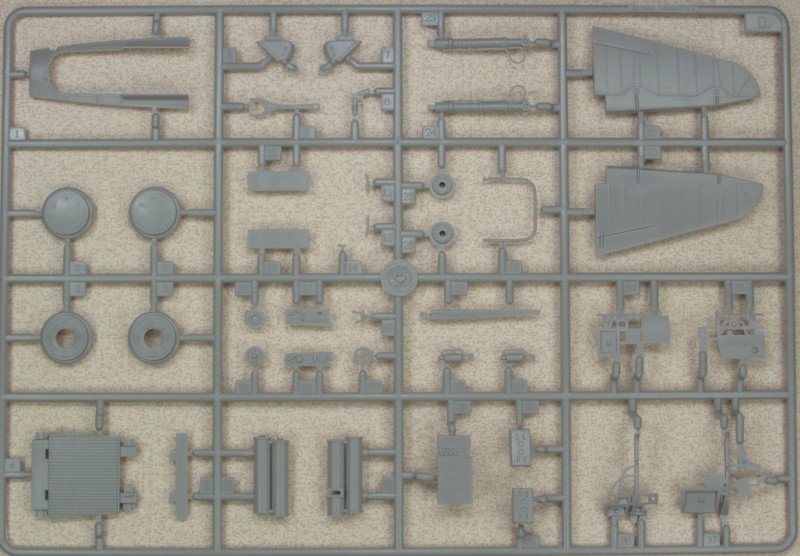
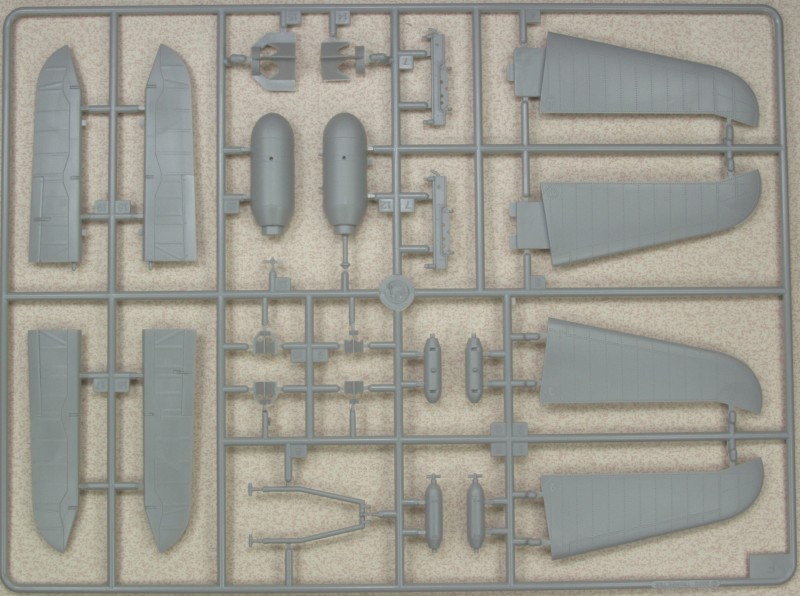
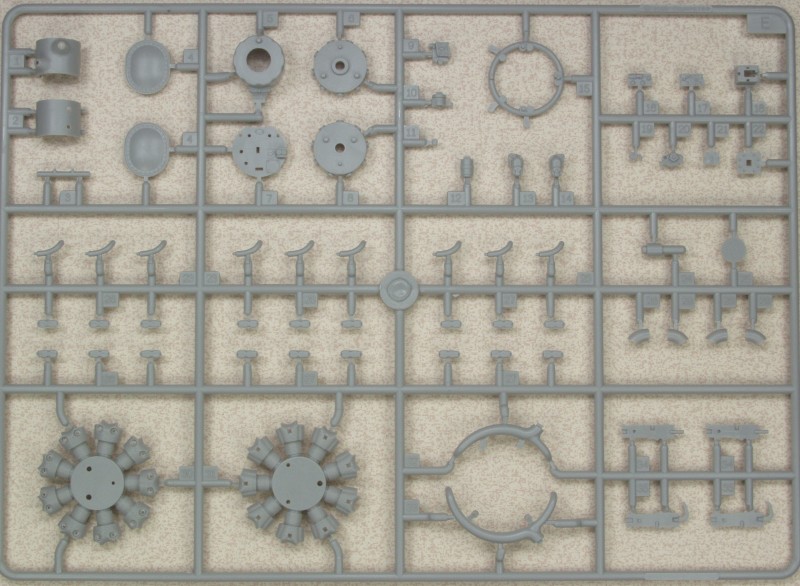

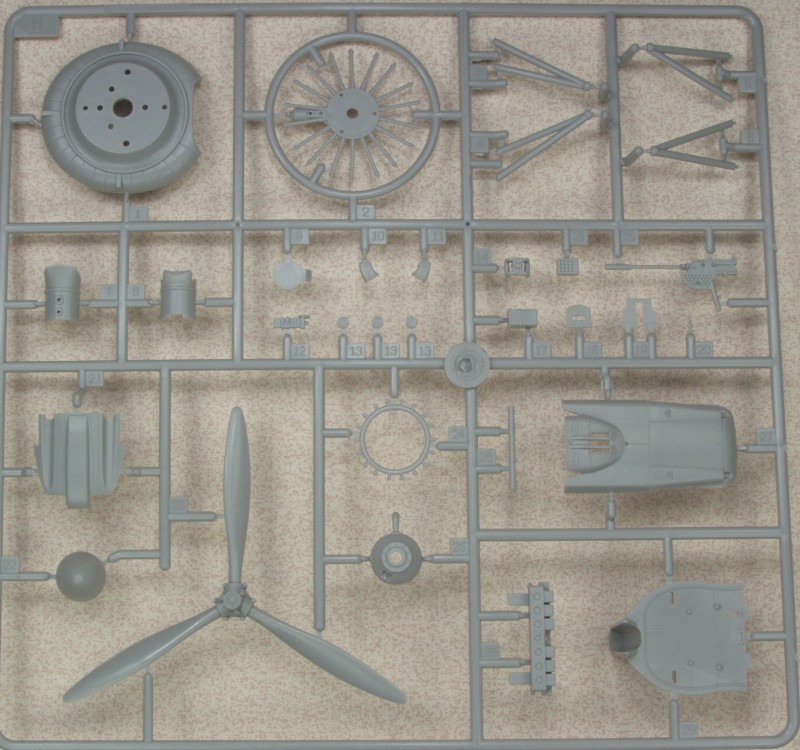
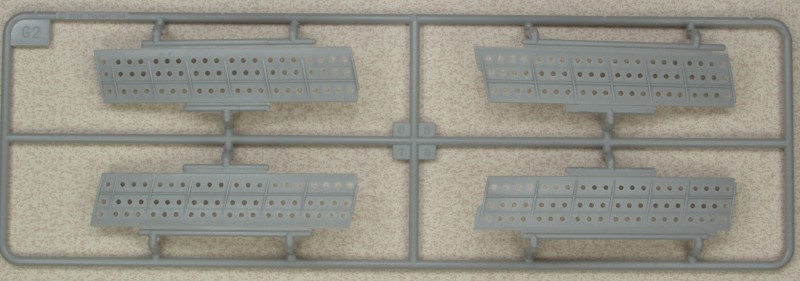

The vinyl tires, separate tread patterns for the Navy versions and the army version and two tail wheels, small for Navy use and the large size for the Army version.
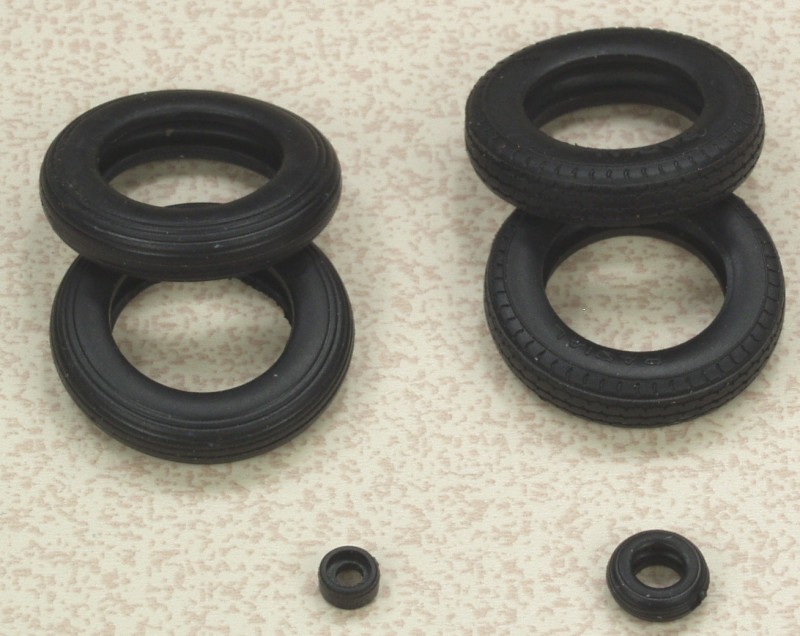
A small photo etch fret is supplied with lap belts (harnesses were not yet in common use) and a few other detail parts.
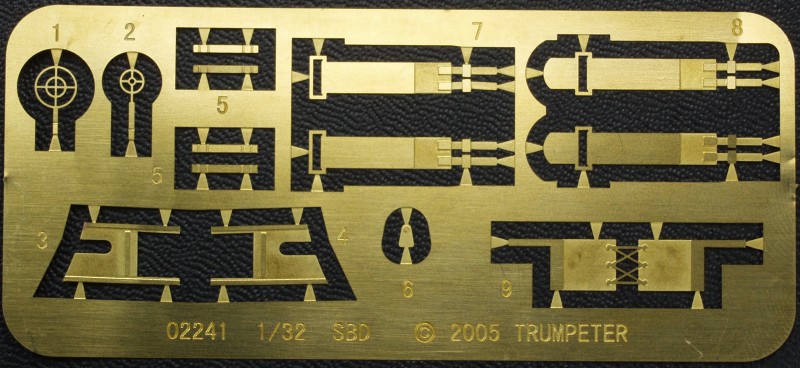
The clear parts are very clear with well defined frame lines
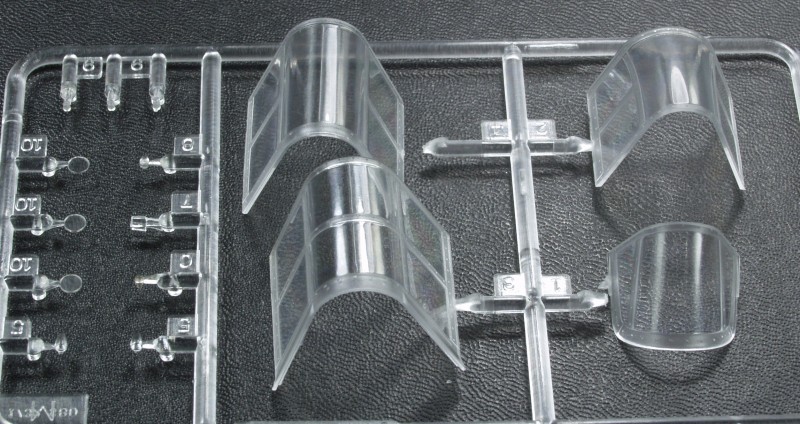
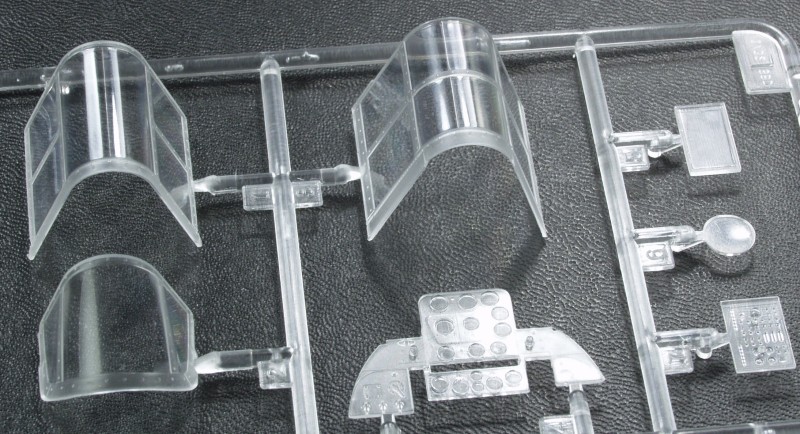
The nest two photos show the clear cowling parts.
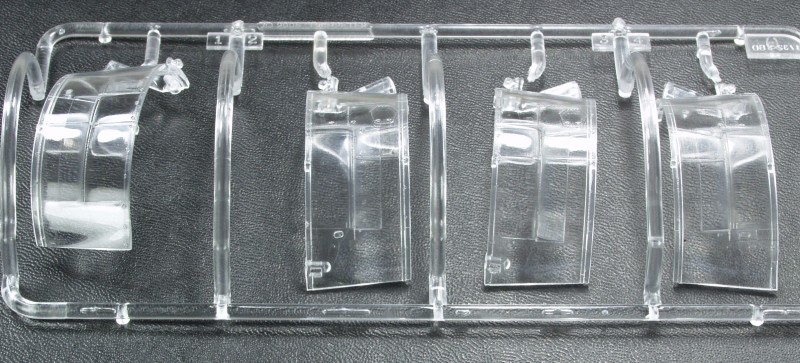
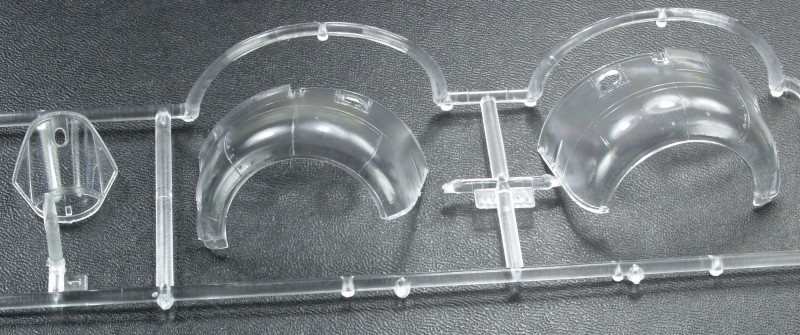
The decals are thin with a glossy finish. Most are in register but the red centers on the smaller stars are off and to my eye the blue color appears a bit too light in color. A separate strip contains an assortment of stencils. The sheet provides markings for four aircraft; SBD-3, early, U.S.S. Lexington, May 1942; SBD-3, late, U.S.S. Lexington, May 1942; SBD-4, U.S.S. Independence, 1943; A-24A, U.S. Army.
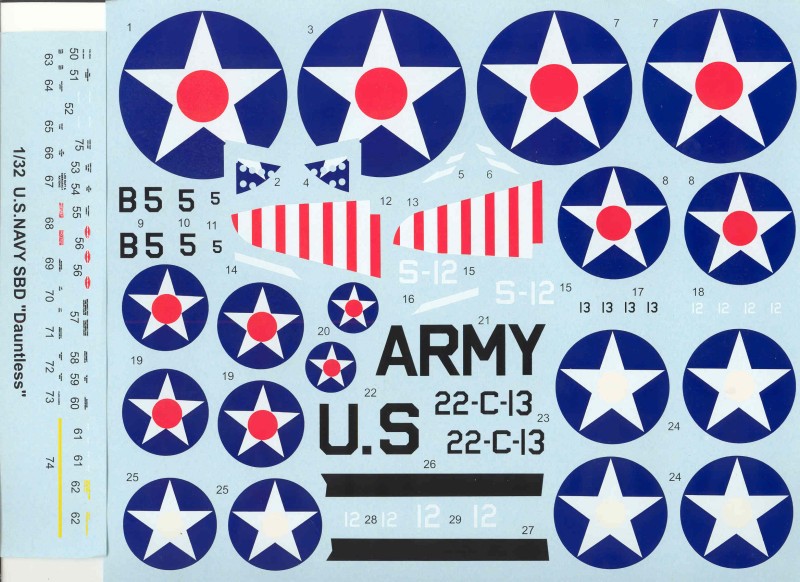
The instructions are comprised of a 20 page A4 sized booklet in the landscape format and stapled at the spine. The front page has general information and an icon chart. Pages 2 and 3 are a parts map. Pages 4-20 are assembly diagrams in 22 steps. There are color call outs throughout using Gunze numbers but I'm always suspect of these and it is best to check references if possible. The painting and marking instructions are on a large glossy page printed on both sides in color.
After Market Goodies
Knowing that one can never have too many choices on marking I picked up this sheet from Yellow Wings. For one thing you can see the difference in the blue color and these guys do their home work and I have confidence that they are more correct than the kit decals. I am also a big fan of the Operation Torch markings and may go with those over Pacific Theater markings. The decals are thin, glossy and opaque and in register. The sheets provide markings for two aircraft; SBD-3, U.S.S.Ranger, November 1942, Operation Torch and Carrier Qualification Training Unit, Glenview, Illinois, September, 1943.
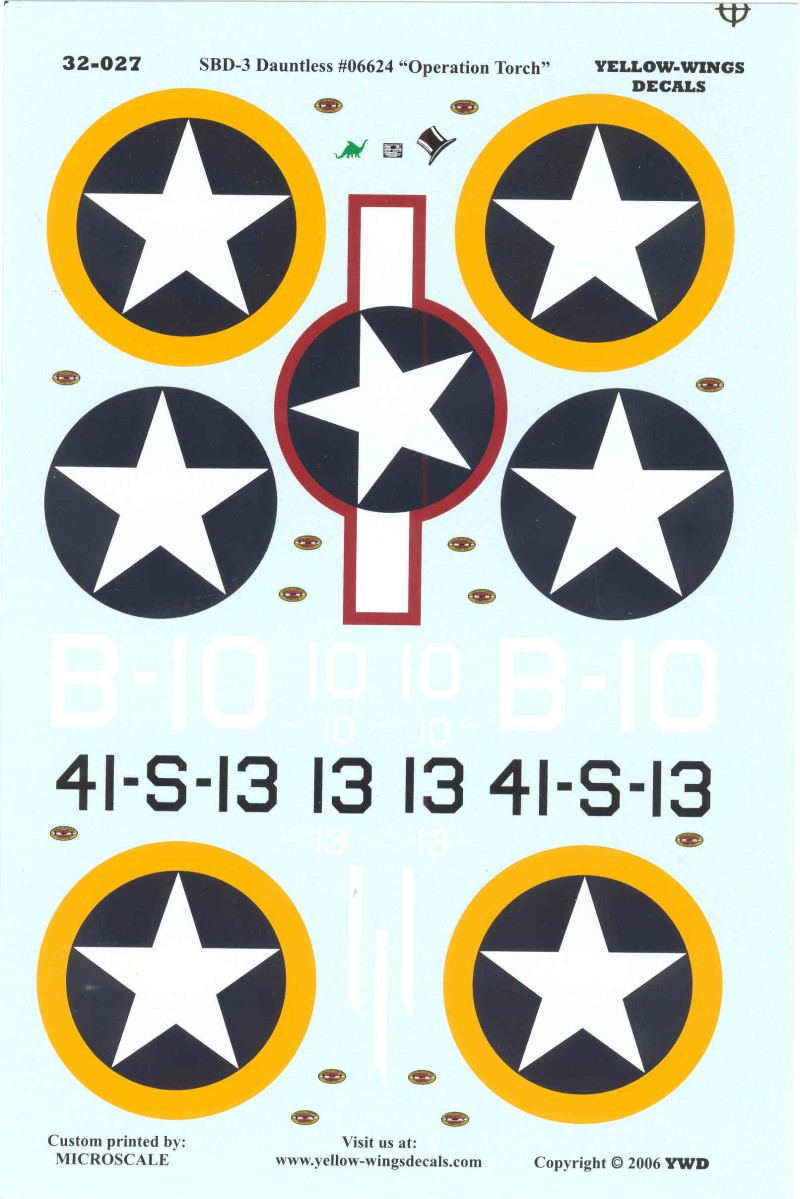
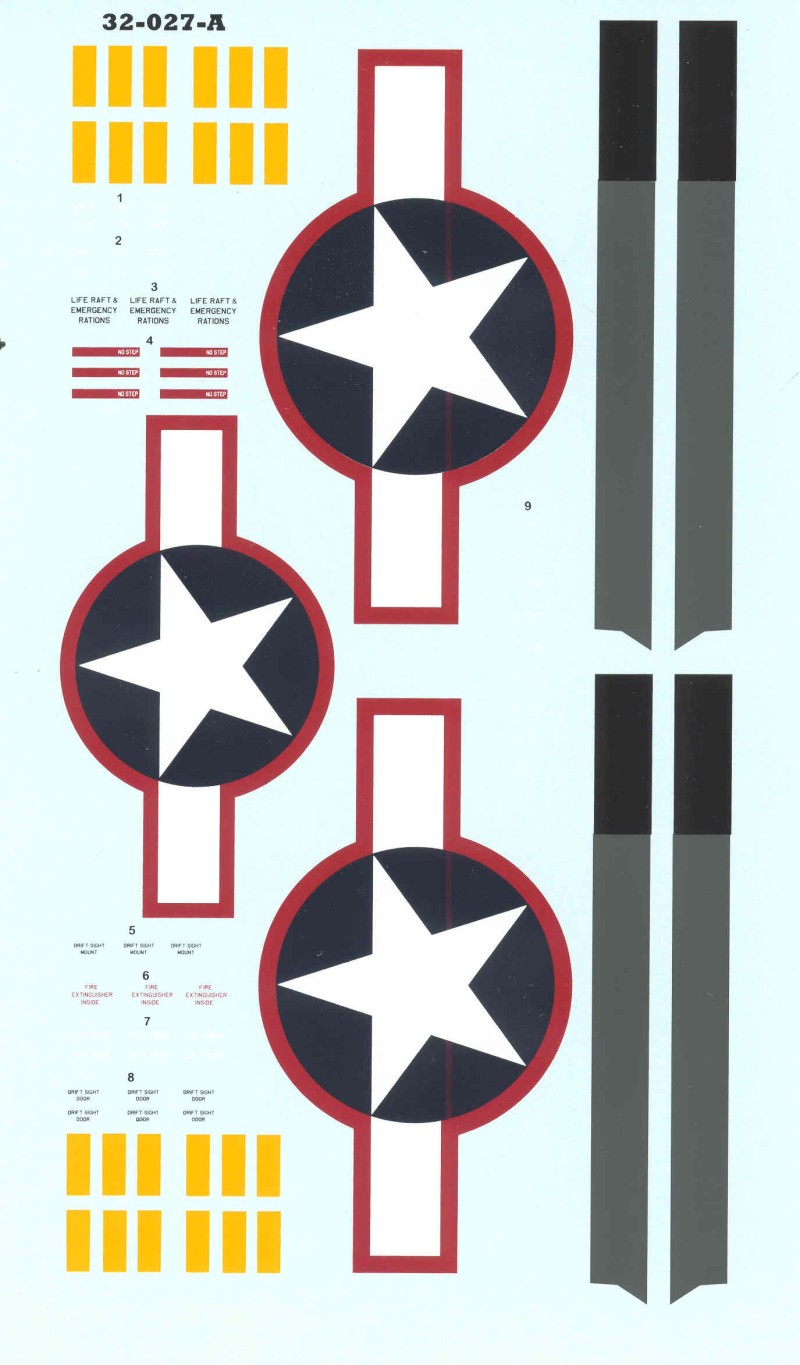
This kit has to rank as one of Trumpeter's best efforts to date, at least in the world of 1/32 scale. It is accurate, well detailed and has no major assembly issues. It might be a bit complex for beginners but if the instructions are followed even beginners should be able to complete it without any major difficulties, recommended.
Links to kit build or reviews
A build can be found here.
References
History courtesy of Wikipedia
Back to the 1/32 U.S. Aircraft Page